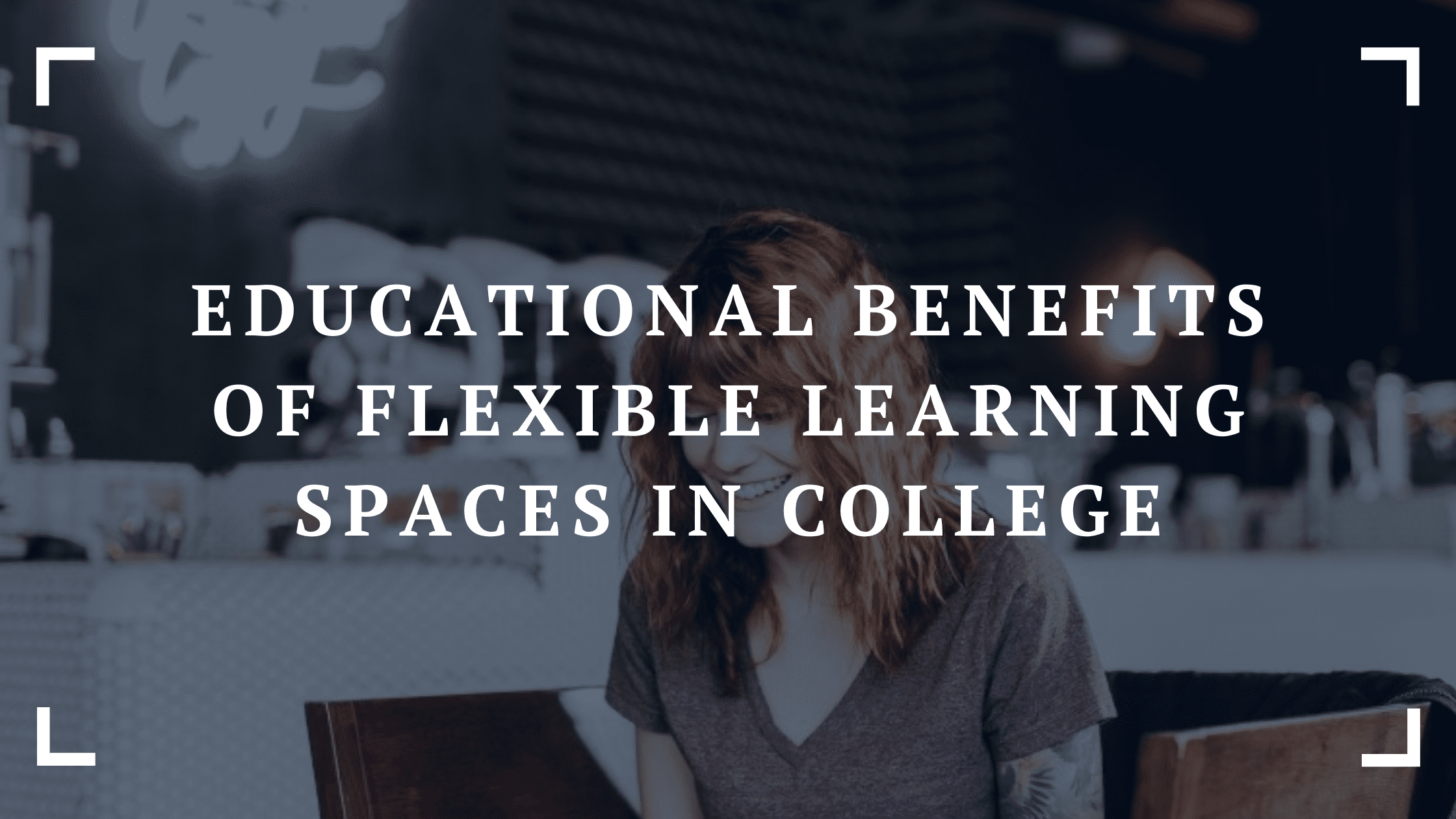The principle of adjustable learning spaces in higher education has seen a marked increase over the preceding years, suggestive of a change to approaches that prioritize students. Adaptable educational environments, which accommodate diverse teaching methods and student needs, have shown to be a cornerstone of current educational practices. This article explores the core of what is a flexible learning environment, its execution in college contexts, and the countless advantages it provides to both teachers and students.

Understanding Flexible Learning Environments
The Essence of Flexibility in Education
At its core, a flexible learning environment embraces both physical and virtual environments carefully planned to facilitate a broad spectrum of learning activities and teaching methods. This adaptability promotes a mixture of lectures, joint projects, personalized study sessions, and interactive experiences, cultivating an environment conducive to creativity, engagement, and engaged learning. Such settings stand in stark opposition to conventional classroom configurations, providing a vibrant and welcoming ambiance favorable for educational inquiry and revelation.
Examples of Flexibility in the Classroom
Illustrative of the breadth of flexibility in education, these learning spaces might feature movable furniture, modular areas for various activities, and technological access facilitating both remote and in-person learning. https://assignmentpay.com/uk/ recognizes the value in such versatility, often supporting collaborative projects and individual research that these spaces encourage. Outdoor areas, study pods, and resource-rich environments for creative and technical pursuits further exemplify the tangible manifestations of flexible learning spaces.

The Advantages of Flexible Learning Spaces
Encouraging Active Learning and Engagement
One of the key advantages of an adaptable learning setting is its ability to foster active learning. By enabling students to shift, interact, and participate with the material and each other in interactive ways, these environments encourage profound comprehension and recollection of information. The adaptability of the setting accommodates diverse learning preferences and motivates students to actively engage in their learning.
Supporting Collaborative Learning Experiences
Cooperation is an essential ability in both educational and career realms. Flexible learning spaces are tailored to enable teamwork and conversations, simplifying the process for students to exchange ideas, undertake collective project tasks, and learn from one another. This cooperative method not only improves educational results but also instills in students the skills needed for the teamwork-focused nature of today’s workplaces.
Enhancing Student Well-being and Inclusivity
The adaptability of flexible learning environments also plays a significant role in supporting learner welfare and inclusivity. By providing a variety of settings that cater to different needs and preferences, these spaces ensure that all scholars, irrespective of their learning preferences or physical capabilities, have equal chances to flourish. The convenience and self-governance provided by such settings can greatly mitigate stress and anxiety, enhancing a more favorable and efficient learning encounter.
Facilitating Innovative Teaching Strategies
For educators, adaptable learning environments provide the autonomy to test and execute a varied range of pedagogical techniques. From reverse pedagogy and practical learning to participatory workshops and multimedia presentations, the potential is infinite. This flexibility not only ensures student engagement but also permits instructors to customize their approaches to most effectively match the subject matter and learning goals.
Promoting Lifelong Learning Skills
The fluidity of adaptable studying spaces encourages students to cultivate abilities that are necessary for ongoing learning, such as adjustability, analytical reasoning, and autonomous learning. By maneuvering and making use of these flexible areas, students learn to take charge of their own learning journey, look for resources, and exhibit initiative—aptitudes that are crucial in an ever-shifting world.
Implementing Flexible Learning Spaces in Colleges
Challenges and Considerations
While the advantages of adaptable learning settings are evident, integrating them into college environments brings forth difficulties. These may entail logistical hurdles, such as space and budget limitations, as well as the necessity for faculty training and guidance. However, with meticulous preparation and dedication to student-centered education, colleges can conquer these obstacles and reshape their learning environments into dynamic, adaptable environments that encourage academic excellence and individual progress.
Future Directions
As educational establishments continue to develop, the concept of flexibility in the classroom is likely to extend beyond physical confines to include curriculum planning, evaluation techniques, and technology utilization. This all-encompassing approach to flexibility in education will further augment the learning process, preparing learners not only for educational accomplishment but also for the expectations of the contemporary job market.
Conclusion
Flexible learning spaces represent a significant shift in the landscape of higher education, offering a multitude of benefits that extend well beyond the classroom walls. By fostering active and collaborative learning, encouraging inclusivity and prosperity, and promoting innovation and lasting skills, these environments play a crucial role in preparing students for the challenges and opportunities of the future. As colleges and universities persist to embrace and polish this concept, flexible learning settings will surely remain a central component of efficient and appealing education.


